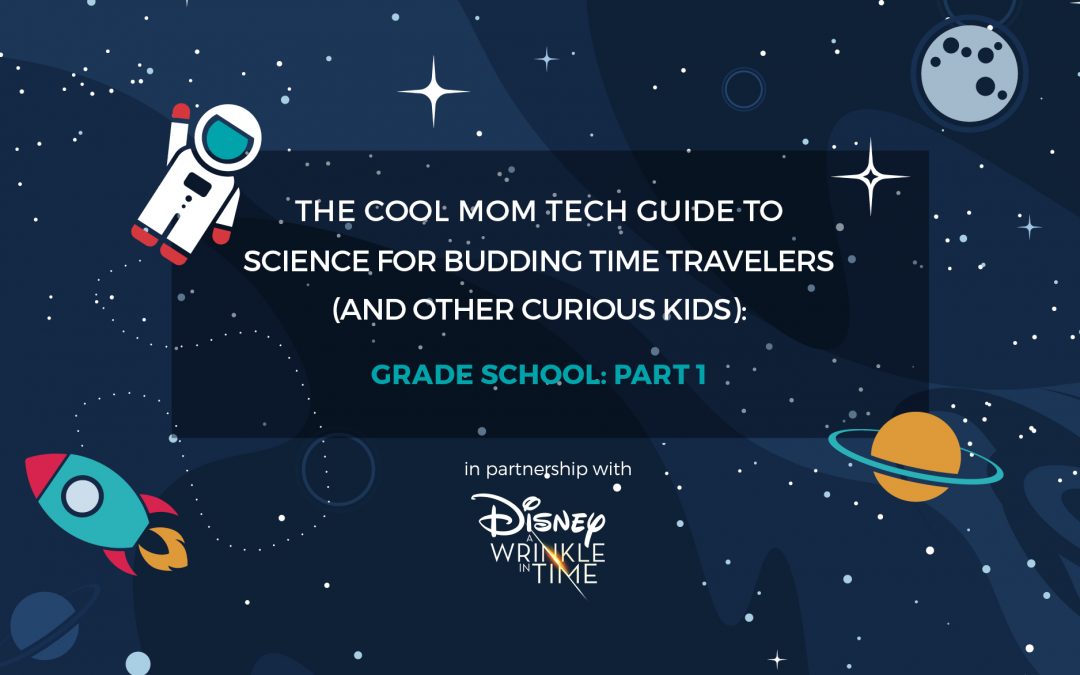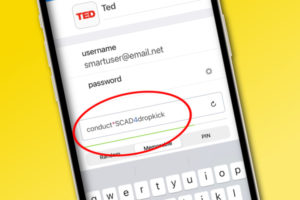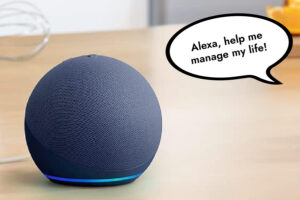While kids are born to love science, every kid at every age has different abilities, inclinations, passions and skills. We started Cool Mom Tech in part to help parents foster that love of STEM in their kids, which is why we couldn’t be more thrilled to bring you this five-part science guide for kids on behalf of our truly amazing sponsor, Disney’s A Wrinkle in Time, available on Digital & Movies Anywhere May 29, and on Blu-ray June 5.
Whoo!
If anything is going to get kids excited about concepts of science, from the basics to, you know, bending space and time, it’s going to be Meg, Charles Wallace, Calvin, The Murrys and those awesome Mrs.’s.
In this guide you’ll find:
-Science and developmental skills for grade schoolers
-Tips for making a grade school science journal
-Ideas for using your science journal
-Adaptations for tweens and older kids
-Free printable science stickers
–Disney’s A Wrinkle in Time parent-kid movie discussion guide
-Additional science resources

So we hope you’ll enjoy this science guide, developed with the help of experts and educators, which can help your kids get some more learning out of the film, bring some of the exciting science concepts to life — though no time travel just yet, sorry — and help your own kids find their own paths.
Because we know all kids are capable of doing the extraordinary.
Keep an eye out for other posts in the Cool Mom Tech Guide to Science for Budding Time Travelers (and Other Curious Kids) just for kindergarteners, tweens, and teens too.
The Cool Mom Tech Guide to Science:
Grade School Kids
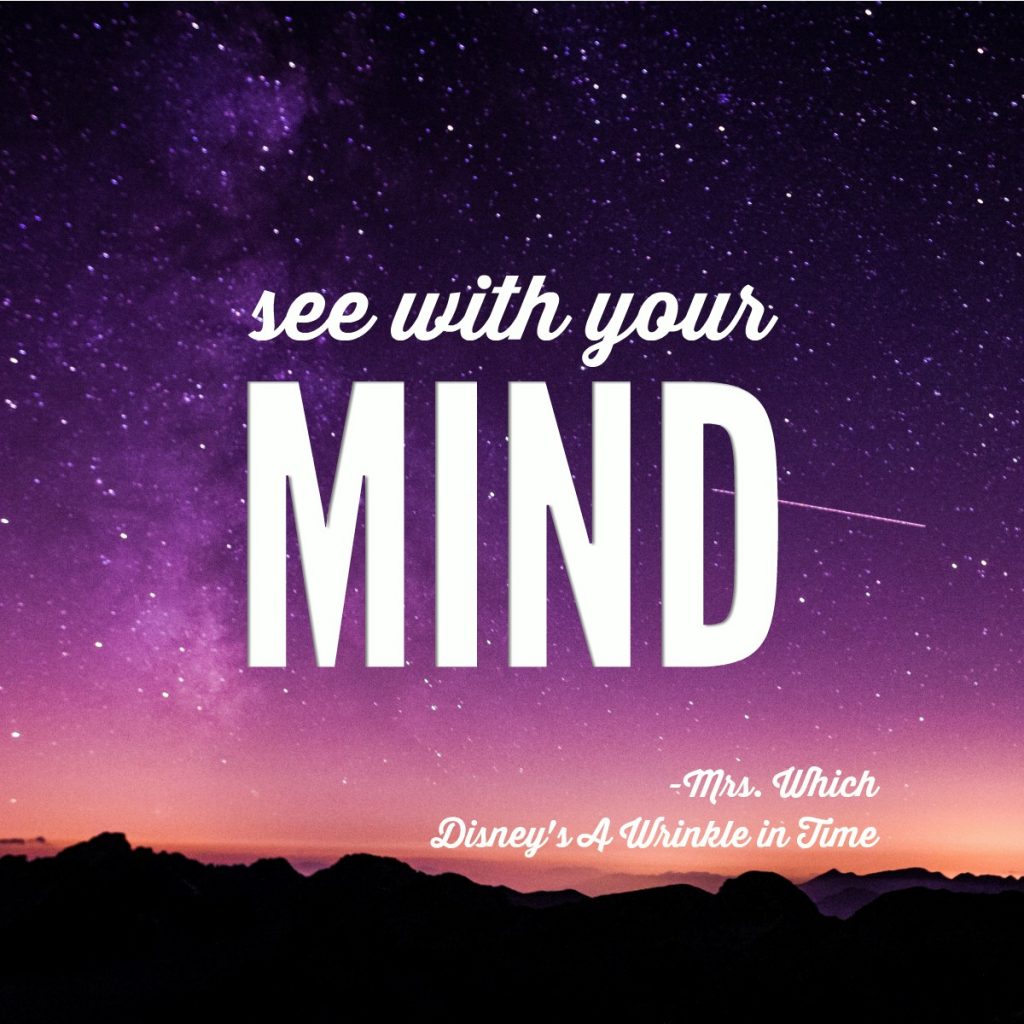
Kid Scientists in Grade School:
What Can They Do?
By about second grade, things get fun. Not that it wasn’t fun before — it’s just that it’s really exciting to see how your kids’ brains have developed.
They are no longer the black-and-white thinkers they were as little kids, and can now work through more complex problems and concepts, even making connections they couldn’t make before.
This also means kids can understand cause and effect, which opens so many possibilities when it comes to science. Young grade-schoolers can identify patterns as well, whether they’re graphic, verbal, numerical or conceptual.
Grade schoolers are terrific at problem solving — and excited to try it — which is why it’s likely that you walk into a second- or third-grade classroom and see every single kid raising their hands to answer a question, or to be the first to solve a problem or try an experiment without inhibition.
It’s also why fifth graders may take the initiative to create “extra credit” work without being asked. They truly want to understand the world around them, and are learning that science is one of the best ways to do that.

What’s really exciting for parents, though, is that when your kids are between about 6 and 10, they are discovering what kinds of activities and concepts they are passionate about — and capable of trying out lots of them. One minute they may be into dinosaurs, the next minute, they want to know about leaves or stars or the human body, about chemical reactions, physics basics or…slime.
Lots and lots of slime.
This is why this science activity is just perfect for grade school kids of all ages who are excited to learn about lots of different aspects of science, all while figuring out just where their passions lie.
Science Activity for Grade Schoolers:
Make Your Own Science Journal

Our kids flipped out when they first saw Meg as a young girl in Disney’s A Wrinkle in Time, sitting with her father in his lab for a hands-on lesson about science concepts. They also got excited seeing the journal kept by Meg’s brother, Charles Wallace, packed with vocabulary words, ideas, drawings, and concepts that even we can’t entirely understand. (He’s one smart kid!)
So what could be more fun than working with your grade school-aged kids to help them create their very own scientist journal or notebook for their own science explorations?
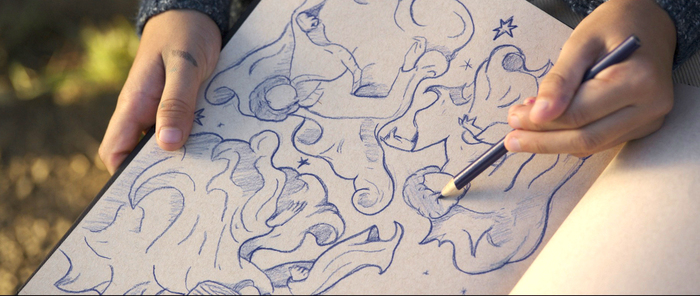
It’s the perfect project to set them up for a lifetime of questions, answers, brainstorms, and problem-solving of all kinds.
You don’t have to spend a lot of money. A composition book works well, so that kids can carry it with them — to school, to the park, to the beach, to the grandparents’ for the weekend. And, they should be sure to keep it in a safe, special place so they’ve always got it on hand any time they’ve got a brainstorm or a question or the spark of a big idea.
Instructions:
1. Name Your Journal
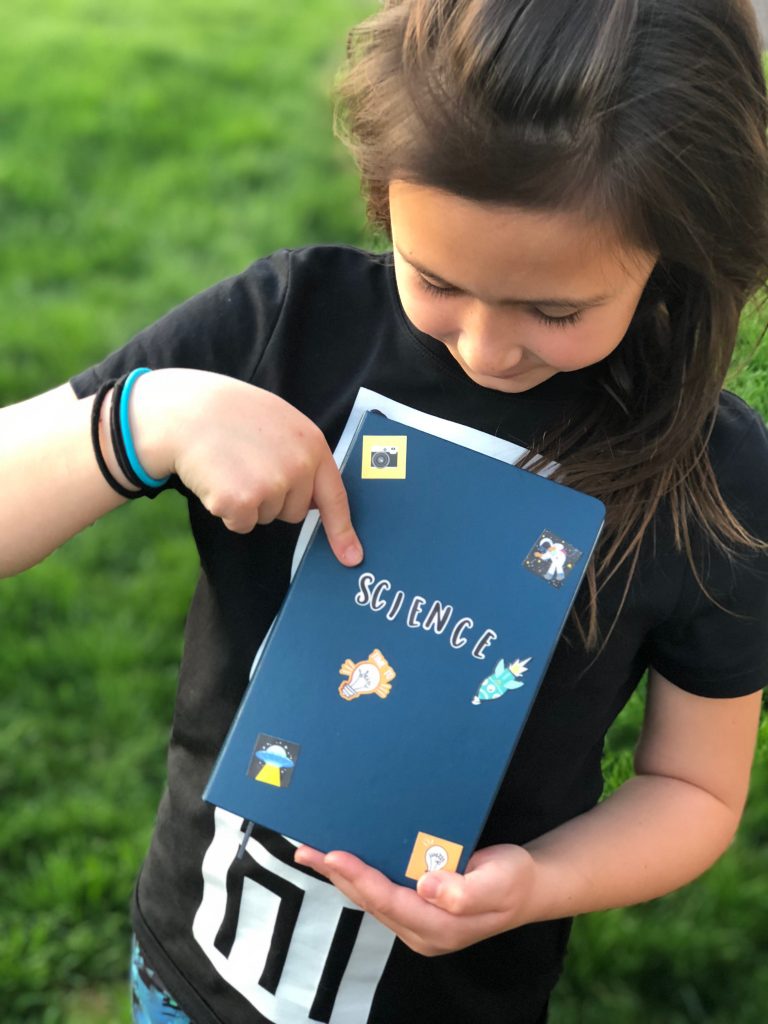
Use a marker, vinyl letters, or a puffy paint pen and name your journal. Whether it’s Clara’s Experiment Journal or Galyn B, Future Scientist or just… SCIENCE with a design that’s all your own, kids can get as creative as they want.
2. Decorate Your Journal!
It’s important for kids to make their journal their own so they feel connected to it. We’ve provided a free printable sheet of fun science stickers to get you started. But any and all designs are good!
Try rainbows (rainbows are science!), a drawing of your family pet or your dream pet, random doodles, or a collage of photos of of your favorite Disney’s A Wrinkle in Time characters. Whatever makes it feel personal to your child is perfect.
But we think these science stickers really are so fantastic for a science journal. And? Free! Just add paper.
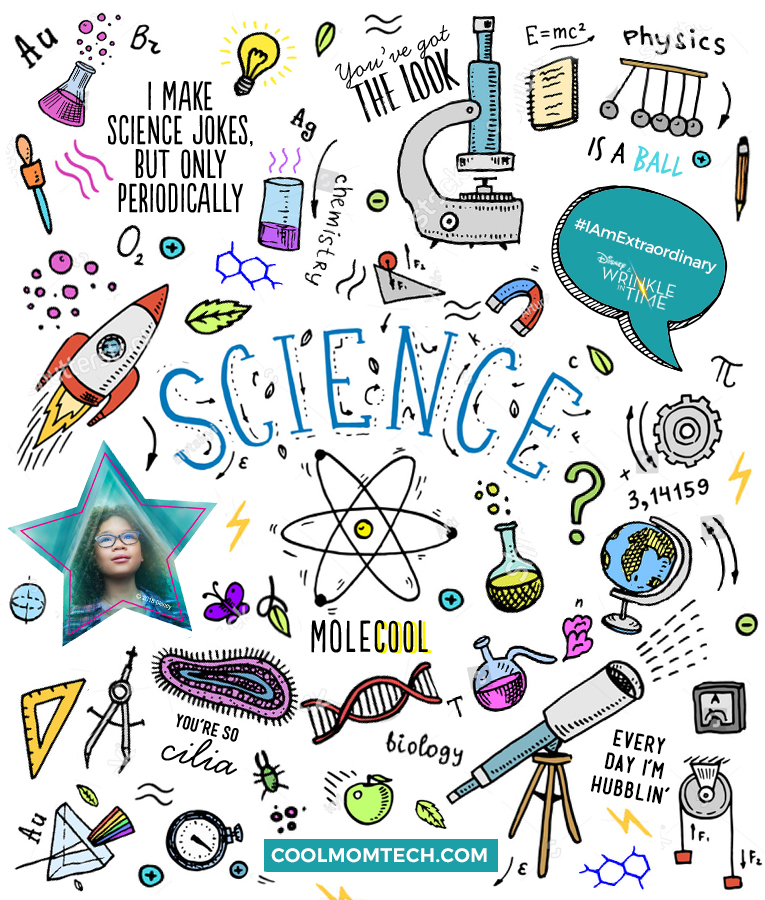
Download our free printable sticker sheet through this link then print on a full sheet of printable sticker paper like this one from Online Labels. Cut…and stick everywhere!
As in, all over your journal. Not on the dog or the dining room table, please.
Using Your Science Journal:
Idea-Starters for Grade Schoolers
There are so many things a kid can do with their science journal. They can use them for any one of these ideas — or all of these ideas. See which excites them first and start there!

1. Make your science journal a nature journal.
Include drawings of things you see in your backyard or around your community — birds, plants, flowers, animals, rocks. Can you name them all? Can you identify the different parts? You can also focus on a single thing, like birds, and keep track of every bird you see over your travels in your journal.
2. Write down new science words you discover.
Parents, you can also provide a series of words, and ask your child to look up the meaning of each one.
3. Jot down questions you have about the world.
Do this any time you have one, so you can remember to find out the answers later: Why is grass green? How do eels have babies? Why is slime slime-y? How long do bees live? Can time travel really happen?

4. Draw your favorite animals.
Look up all their different parts and label them — wild animals, household pets, farm animals, birds, fish. You can do this every time you see a new animal outside on a trip or around the neighborhood.
5. Jot down all of all the times you realize you are using science in everyday life.
Like when you measure ingredients to bake cookies. Or you add an ice cube to cool down a warm drink. It’s a great exercise to help kids realize that science is an active, important part of our lives. The Why Science Matters page from UC Berkeley’s Understanding Science site has a terrific list to help get kids thinking about everything from electricity to plastics.
6. Make an illustrated invention journal, featuring drawings of inventions you want to make and descriptions of what they are and how they work. Every time a great invention idea comes to you, jot it down! (No censoring your ideas, either. Every invention idea is worth writing down!)
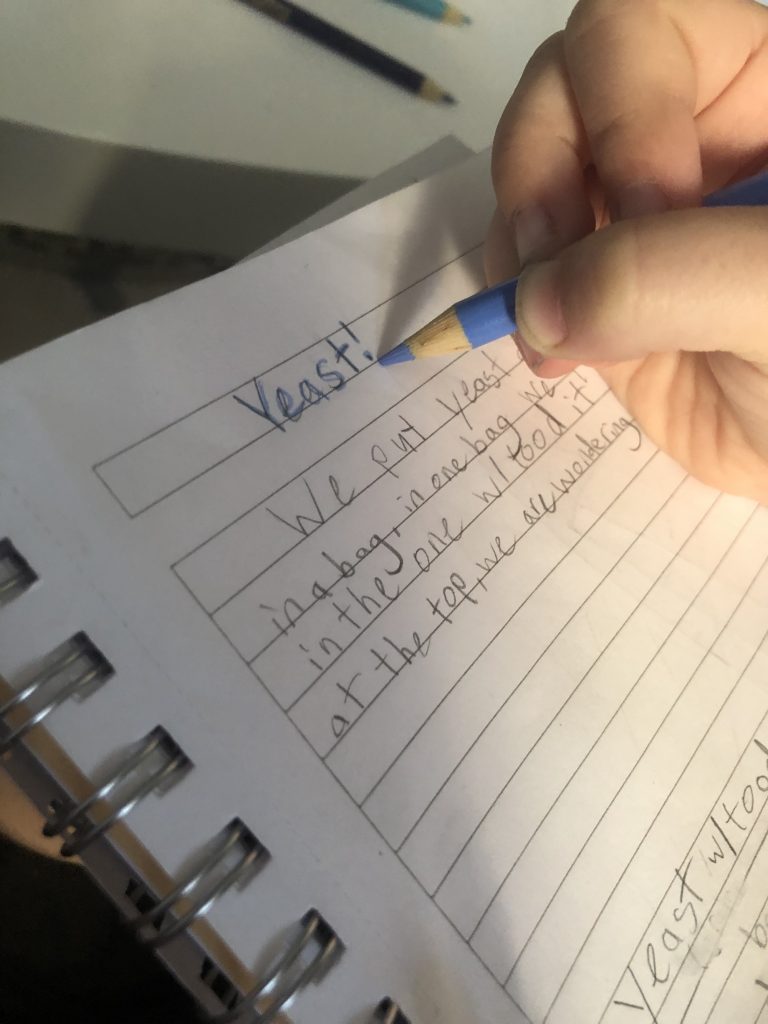
7. Keep track of your reactions after trying different household science projects or experiments. The National Science Teacher’s Association has some great writing prompts to get kids thinking after trying an experiment, like:
I learned…
I am surprised…
I wonder…
I now understand…
I like/don’t like….
The important thing about…
8. Practice drawing 3-D geometric figures or optical illusions, like an optical illusion triangle; it’s a fun way to fool your friends
9. Write down your favorite quotes from favorite scientists and illustrate the pages. This is great for kids of all ages. Brainy Quotes is a wonderful online source for looking up quotes, and you can search for people like Carl Sagan, Mae Jemison, Bill Nye, or Marie Curie. Or, maybe you can illustrate a favorite quote from Disney’s A Wrinkle in Time?
Using Your Science Journal:
Idea-Starters for Older Grade Schoolers
If you have older grade schoolers, or even tweens or teens, keeping a journal is still a fantastic science project. You can adapt the above ideas with more detail, or have your older kids try some of these ideas.
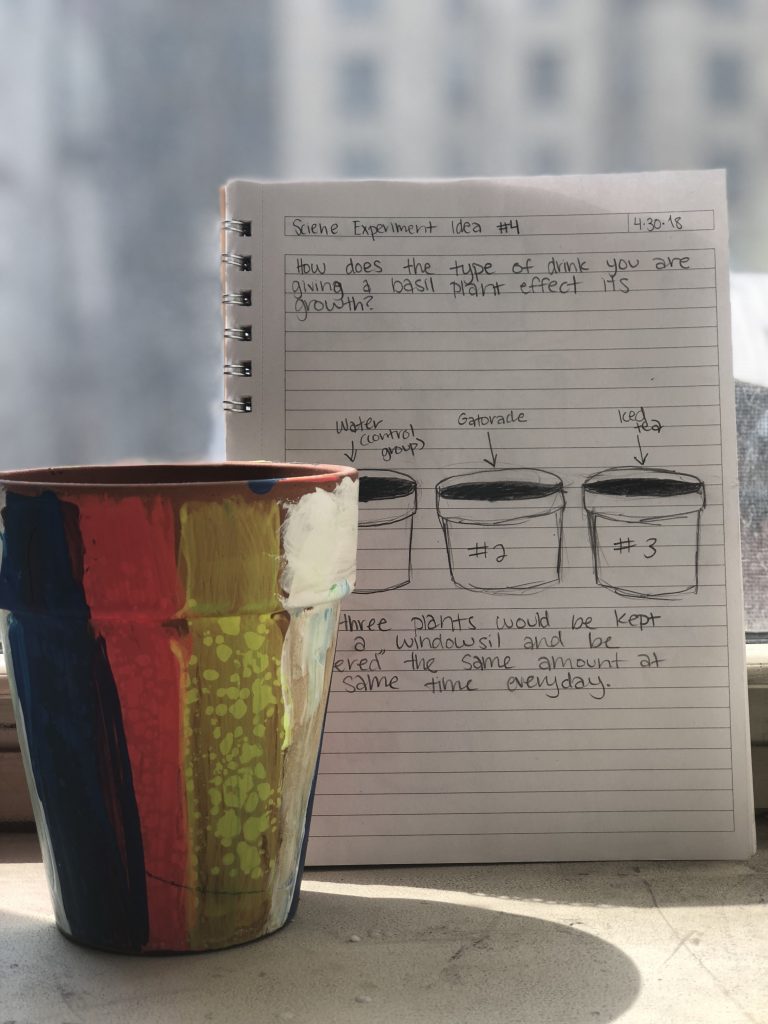
1. Make an experiment journal.
Chart various experiments and science activities that interest you. For some ideas, we love this post about 50 easy science experiments for kids using household items.
On each page, you can sketch out experiments you’d like to try and the supplies you need. Then fill out each experiment page with
-The date
-The name of the experiment
-Headings for a description of the activity
-Your goal
-The method
-Your hypothesis (what you think will happen)
-Any note or observations.
Finally, be sure to write down your results and your conclusions when each experiment is through.
2. Make a star chart journal.
Keep track of the stars and constellations you can see on clear nights — especially over the summer when it’s warm out at night. The Star Chart app can help you identify them or check websites like Sky Map online.

3. Start an anatomical journal.
Older kids can draw and label parts of the body, specific organs, or the body’s various systems, like the skeletal system or respiratory system. (Kids this age are obsessed with skeletons and brains!)
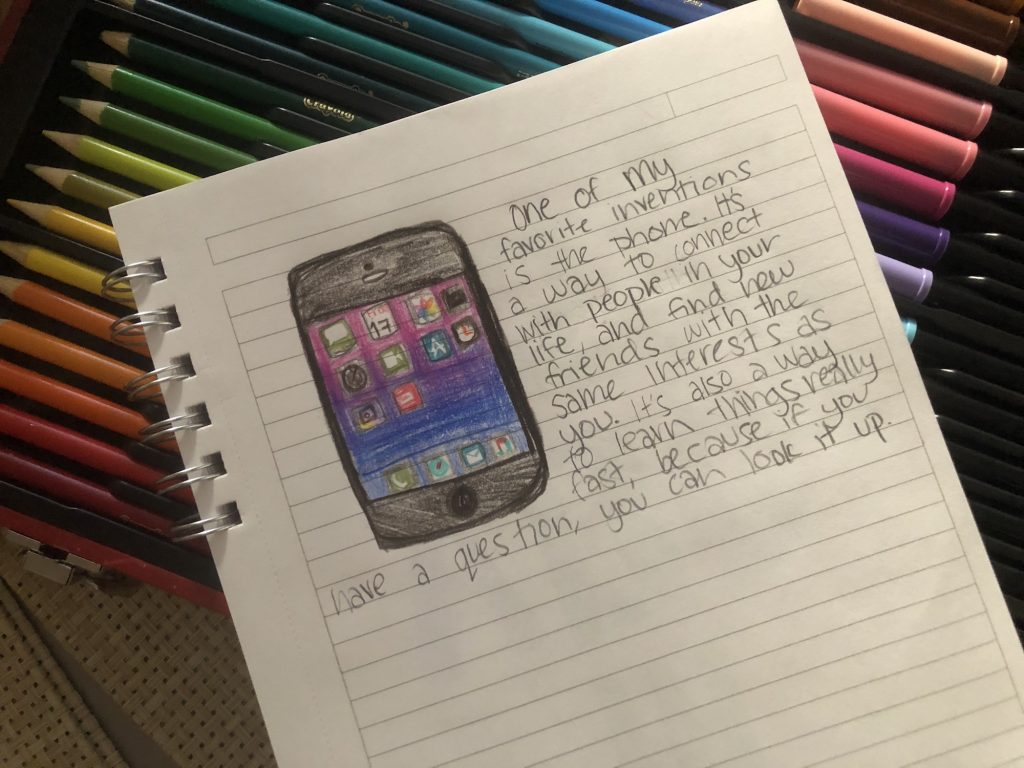
4. Draw and sketch a series of inventions that you love.
Draw a smartphone, a bicycle, a video game system, an air conditioner in summer. Explain why you like them, what they bring to your life, and what your life might be like without them. You can even write down how you would improve on them and come up with your own better alternatives. This is a smart way to get kids of any age thinking about how science is an essential part of the world around them, and how science can help bring all of their great ideas to life, too.
After a period of time with a science journal, kids will have so much great work to look back on, to help them see how far their knowledge and thinking has come, and to help them figure out what exciting projects they want to try next.
Disney’s A Wrinkle in Time Discussion Starters for Grade Schoolers
We think talking to your kids about movies they love is a great way to bring it to life, to make it even more meaningful, and to connect as a family over shared interests.
Here are a few questions that are perfect for grade school kids after watching Disney’s A Wrinkle in Time, available on Digital & Movies Anywhere May 29, and on Blu-ray June 5.
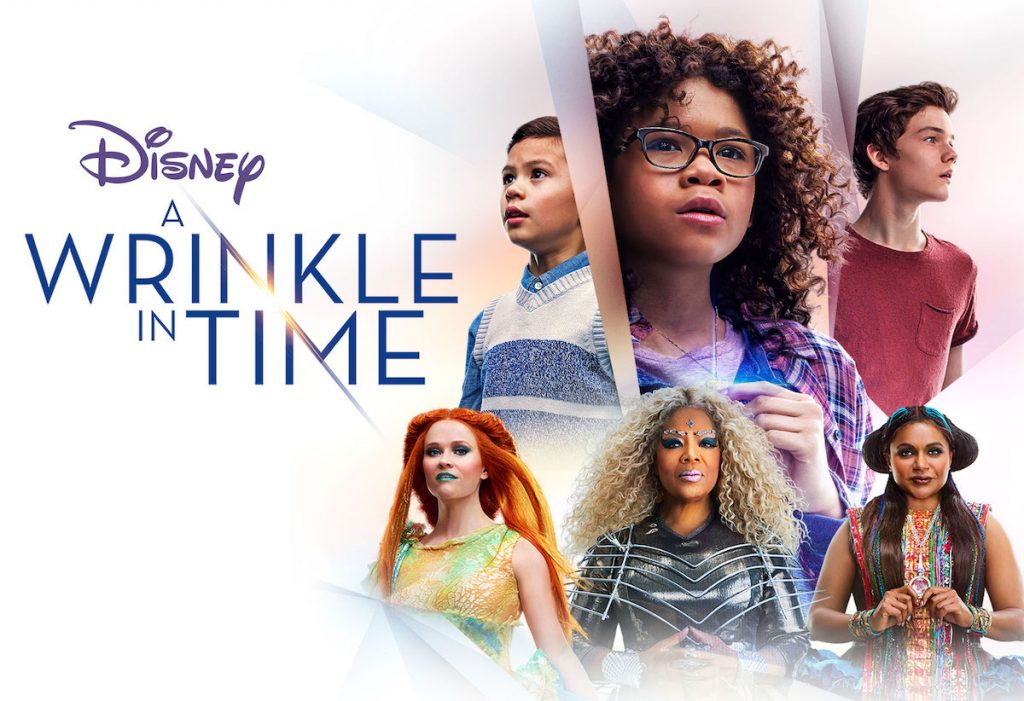
-What do you think was the message of the movie?
-Which character do you relate to the most?
-What characteristics do you share with Meg, with Calvin, or with Charles Wallace? What makes you the same? What makes you different?
-Meg thought she was ordinary but found out that she was capable of extraordinary things. What are some of the things that make you extraordinary?
-What kind of problem do you think Meg had to overcome? How did she solve that problem?
-What are some of the ways science was a part of the movie?
-If you ever had the opportunity to travel through time, would you? Why or why not?
Resources and opportunities for more learning:
The benefits of journaling for kids: The Spruce
Creating notebooks and journals: KC EdVentures
How to make a nature journal: WikiHow
6 writing prompts to jumpstart a science class: Kids Discover
Brainpop Jr: Science for kids K-3
The NEA list of STEM resources for pre-K-12
Science Development Tracker: PBS Parents
Science Resources by Grade for Teachers/ Parents: PBS Learning Media NY
Understanding Science 101: UC Berkeley
Amazing Space.org: A space telescope educational program
Complete list of NASA apps
Skymap Online
List of all US planetariums by state
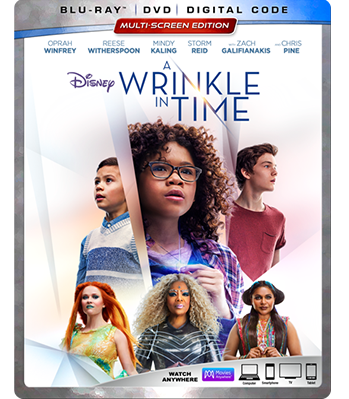
Thanks to our fantastic sponsor, Disney’s A Wrinkle in Time, available on Digital & Movies Anywhere May 29, and on Blu-ray June 5. We hope it helps bring the magic — and science — to your family!

